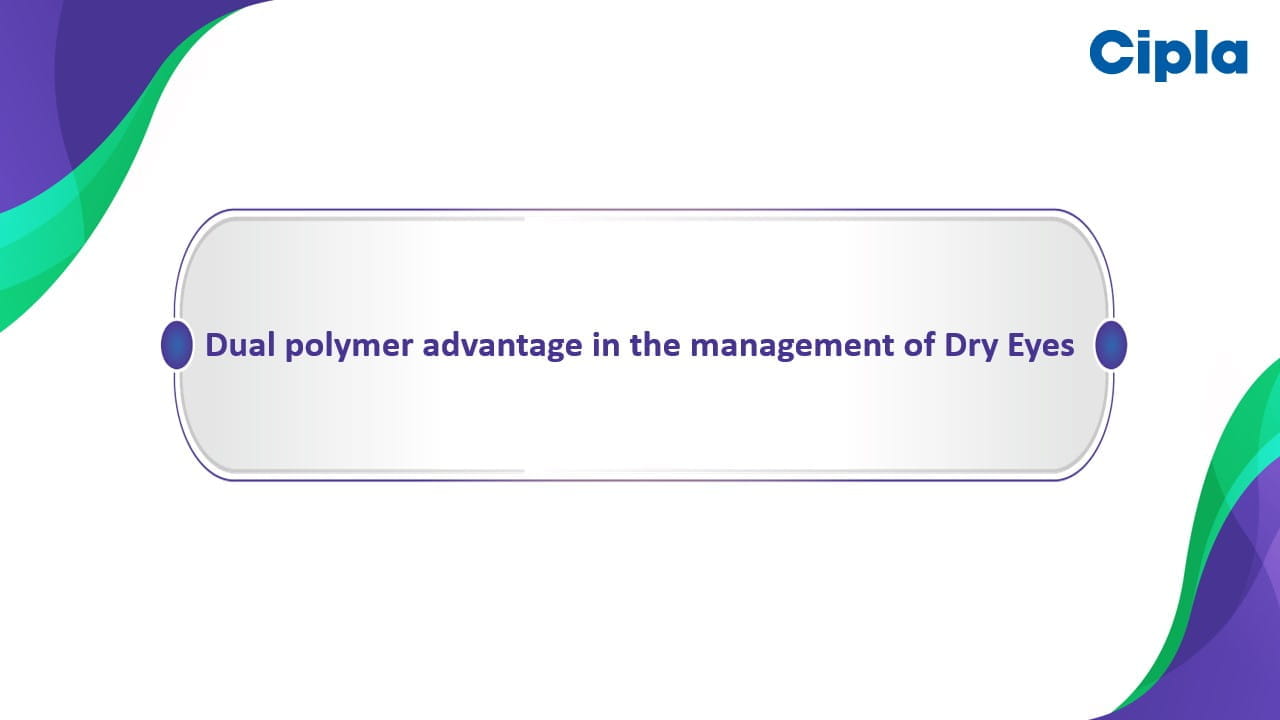Speaker - Aristophanis Pllikaris
Confocal microscopy, an advancement rooted in the principles of light microscopy, has significantly evolved over the decades. The pivotal moment in its development occurred when Marvin Minsky patented the confocal microscope in 1961. The invention marked a significant advancement, allowing for improved microscopic imaging, including at the corneal level. Minsky's patent introduced key innovations that enabled more precise imaging by utilizing a pinhole in both the sample and detector planes. The design enhanced both the resolution and contrast of the images captured. The evolution is a testament to the continuous progress in the field of microscopy. In 1968, introducing the first tandem scanning microscope, also employed for corneal imaging, further advanced the field. However, early technology has since been phased out in contemporary applications. A notable milestone came in 1988 when Dilley pioneered immersion techniques in confocal microscopy. By introducing an extra liquid in front of the cornea, Dilley addressed the issue of refractive index changes between air and the corneal tissue, thereby improving imaging clarity and accuracy. The fundamental principle of the confocal microscope, as patented in 1961, involves three planes: the sample plane and two planes on either side of the detector, each equipped with a pinhole. The configuration is crucial for enhancing both image resolution and contrast. The confocal setup is particularly beneficial for imaging non-transparent samples, such as corneal tissues, where light is backscattered from various layers. A critical component of the confocal microscope is the objective lens, which governs several key aspects, including magnification, field of view, resolution, contrast, and aberrations. The numerical aperture of the objective lens plays a vital role in determining the field of view and resolution, thus directly impacting the quality of the microscopic images produced.
Confocal microscopy provides clear advantages over wide-field scanning microscopy regarding image clarity and contrast. In wide-field scanning microscopy, the entire sample is illuminated simultaneously, which can lead to out-of-focus light contributing to noise in the image. It reduces contrast, as seen in the example where a black layer is imaged against a bright field. Confocal microscopy, with its ability to eliminate out-of-focus light, overcomes these limitations, providing clearer and more contrasted images. In contrast, confocal microscopy uses point scanning, where illumination is focused on a single point at a time. The method significantly reduces out-of-focus light and noise, thereby enhancing image contrast. The main advantage of confocal microscopy is its ability to exclude light from out-of-focus planes, resulting in sharper images. For image acquisition, early methods involved "stage scanning," where the sample was moved to collect data points for two-dimensional or three-dimensional imaging. While effective, this method is less suited for corneal imaging. Modern confocal microscopy employs "beam scanning," where the beam moves across the sample, allowing for efficient collection of data points to create detailed two-dimensional or three-dimensional images without moving the sample. A key feature of confocal microscopy is pinholes in the illumination and detector planes. The setup ensures that only light from the focal plane passes through the pinhole and reaches the detector, while light from out-of-focus planes is blocked or reduced. The selective detection enhances image resolution and contrast by improving the signal-to-noise ratio and enabling optical sectioning of the sample.
Confocal microscopy offers significant enhancements over wide-field scanning microscopy. Point sources show prominent side lobes in wide-field scanning, reducing contrast. Confocal microscopy minimizes these side lobes, improving contrast and providing better lateral and axial resolution. The primary advantage is optical sectioning, which allows detailed imaging of various corneal layers—epithelial, epithelial nerves, anterior stroma, posterior stroma, and endothelial. The technique also supports video recordings of the cornea, showcasing the capability of confocal microscopes to capture dynamic, multi-layered views.
The main confocal microscopes in use today include the Nidek CONFOSCAN and the Heidelberg Engineering microscope. The Nidek CONFOSCAN utilizes scanning slit technology, creating two-dimensional images by moving slits horizontally. In contrast, the Heidelberg Engineering microscope employs a pinhole and a laser source that scans over the cornea to produce high-resolution 2-dimensional (2D) or 3D images. Confocal microscopy enables detailed cellular-level imaging of the cornea, revealing polygonal epithelial cells on the anterior epithelium and allowing observation of deeper structures such as the Bowman layer. The technique captures backscattering light from cell nuclei and provides cell density measurements, including Langerhans cells, which are significant in pathological conditions. Additionally, confocal microscopy excels in imaging the sub-epithelial nerve plexus, facilitating detailed analysis of nerve fiber density, tortuosity, and branching. These features are crucial for identifying and monitoring various corneal pathologies.
As imaging progresses deeper into the cornea, confocal microscopy primarily captures backscattering from keratocyte nuclei rather than entire cells. In normal corneas, these nuclei typically appear oval-shaped. However, their backscattering increases in pathological conditions and their shape may become more irregular. Further into the cornea, density measurements can reveal mid-stroma nerve fibers and eventually extend to the endothelial layer. At the depth, confocal microscopy allows for endothelial cell density and polymorphism analysis, similar to assessments performed with specular microscopy.
Confocal microscopy has been extensively used to study corneal wound healing, particularly in pathological conditions and refractive surgeries like Laser-Assisted In Situ Keratomileusis (LASIK). Historical studies, such as those conducted over 15-20 years ago, examined LASIK flaps, revealing the deformation of keratocytes and increased backscattering of particles. In these studies, the anterior part of the flap showed deformation of keratocyte cells, and increased scattering was observed at the flap interface. Although the exact nature of the particles causing increased scattering was not always clear, correlations were made between confocal images and histological evaluations. The studies linked increased scattering to various particles and cell deformation behind the flap, demonstrating the technique's value in monitoring corneal healing and detecting abnormalities. There is potential for further clinical utilization of confocal microscopy, particularly in enhancing our understanding of corneal healing and pathology.
Wound healing responses have been extensively evaluated using confocal microscopy in various corneal conditions. Confocal imaging revealed increased scattering from particles and abnormal keratocyte processes, including dark lacunae, for LASIK patients with post-surgical ectasia. In PRK (Photorefractive Keratectomy), confocal microscopy provided insights into epithelial wound healing and the regeneration of sub-epithelial nerves, showing abnormal keratocytes following the procedure. The technique assesses potential pathologies associated with the implanted inlays for presbyopia corneal inlays. In advanced keratoconus cases, confocal images show significant abnormalities such as increased tortuosity and branching of the subepithelial nerve plexus and distinctive features like dark lacunae, microstriae, and Vogt's striae in the ectatic corneal regions. A limitation of the technique is its small field of view (around 400 by 400 microns), requiring either repositioning of the microscope or patient adjustments to capture different corneal areas comprehensively.
In treating keratoconus, corneal rings are implanted to create peripheral tunnels in the cornea. These rings reduce high-scattering light by forming empty spaces that reflect light differently. Imaging reveals fibrotic effects and significant changes in the anterior channel, though these generally do not affect visual outcomes as they are located peripherally. Instances, where corneal rings have resulted in complications include disrupted collagen fibers near the implant channel and microdeposits accumulating around the ring. These issues can be observed with both slit lamps and confocal microscopy, providing a more detailed analysis. Confocal microscopy has also been utilized to monitor the wound healing response following corneal crosslinking treatments. One month post-treatment, images show an absence of keratocytes in the deeper stroma, with keratocytes repopulating the posterior stroma. By six months, keratocytes begin repopulating the anterior stroma, and collagen fibers exhibit signs of crosslinking.
Keratoplasty is another key area where confocal microscopy can assess procedural outcomes. In corneal dystrophies, while these conditions can be identified with a slit lamp, confocal microscopy offers high-resolution images that enhance diagnostic accuracy. Confocal microscopy is particularly valuable for differentiating types of keratitis, such as acanthamoeba keratitis, from fungal or bacterial infections. The microscope can identify characteristic cysts of acanthamoeba, aiding in precise diagnosis and treatment modulation. Clinics often use this technology to track patient progress and confirm the absence of cysts months or even a year after treatment.
A promising application of confocal microscopy is in identifying neuropathies. Analyzing the subepithelial nerve plexus can help determine and differentiate neuropathy severity using indices like nerve fiber density, branch density, fiber length, and tortuosity. Automating and incorporating artificial intelligence into this analysis are ongoing advancements. The studies correlating subepithelial nerve fiber analysis with diabetic retinopathy have shown that these indices can reflect the severity of retinopathy, underscoring their potential clinical utility.
Parkinson's disease can also be assessed through subepithelial nerve plexus evaluation. A 2017 study showed that patients with Parkinson's have significantly reduced nerve density compared to controls. However, automation of nerve fiber density analysis remains challenging, as it often underestimates density compared to manual clinician assessments.
The future of confocal microscopy likely involves analyzing the subepithelial nerve plexus using both automated techniques and artificial intelligence. Recent studies highlight its potential to improve sensitivity and specificity in distinguishing healthy individuals from those with neuropathy. While confocal microscopy shows promise, further studies and company support are needed to advance its clinical applications.
42nd Congress of the European Society of Cataract and Refractive Surgeons, 6 – 10 September 2024, Fira de Barcelona, Spain.




